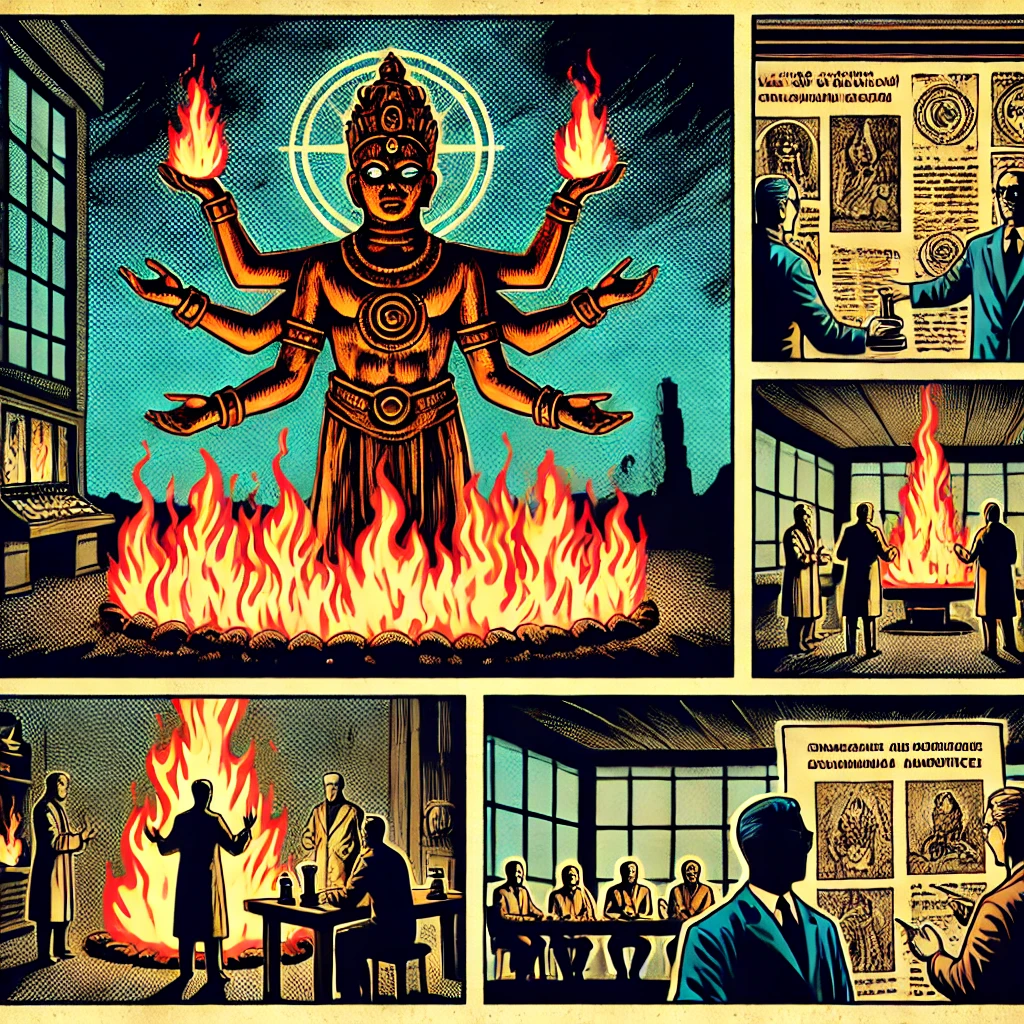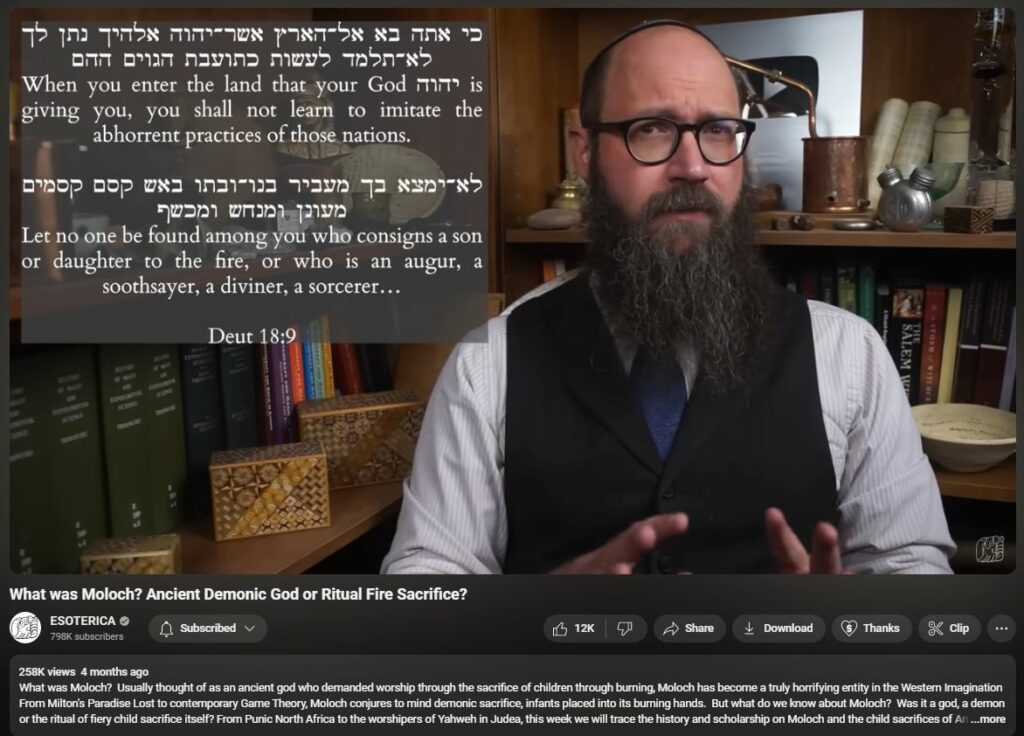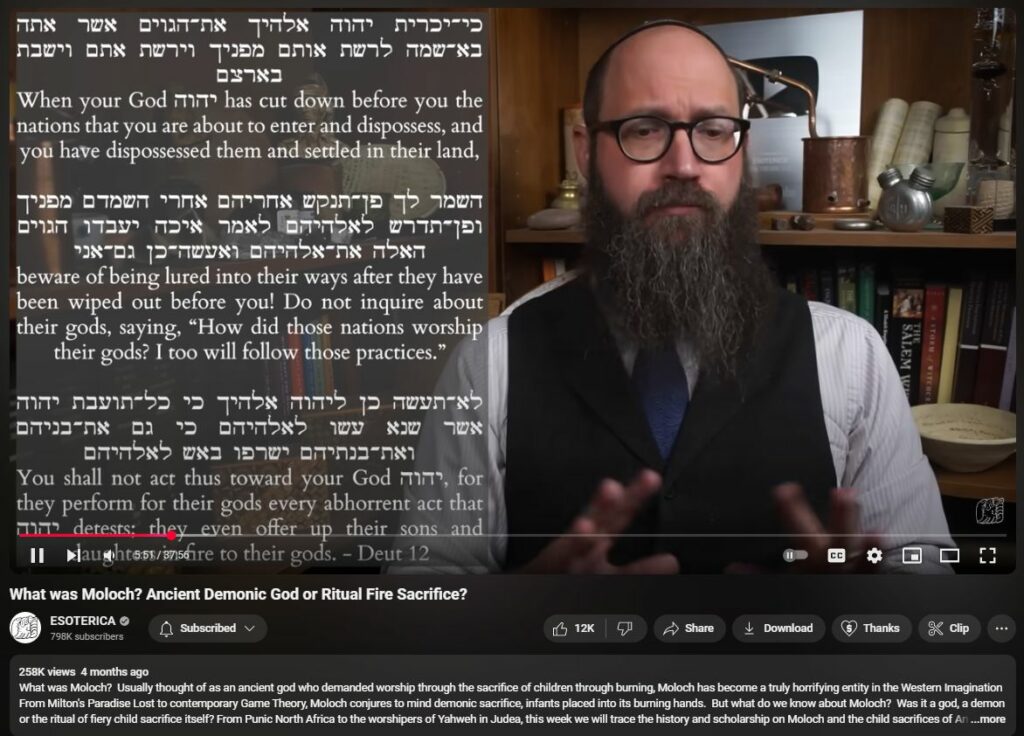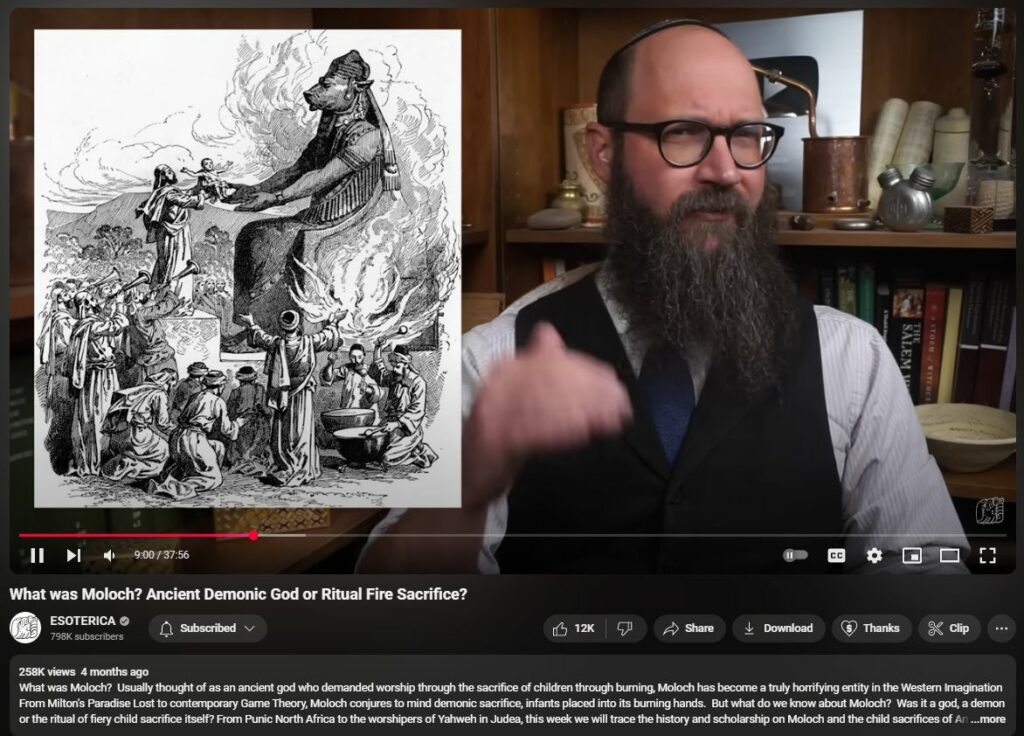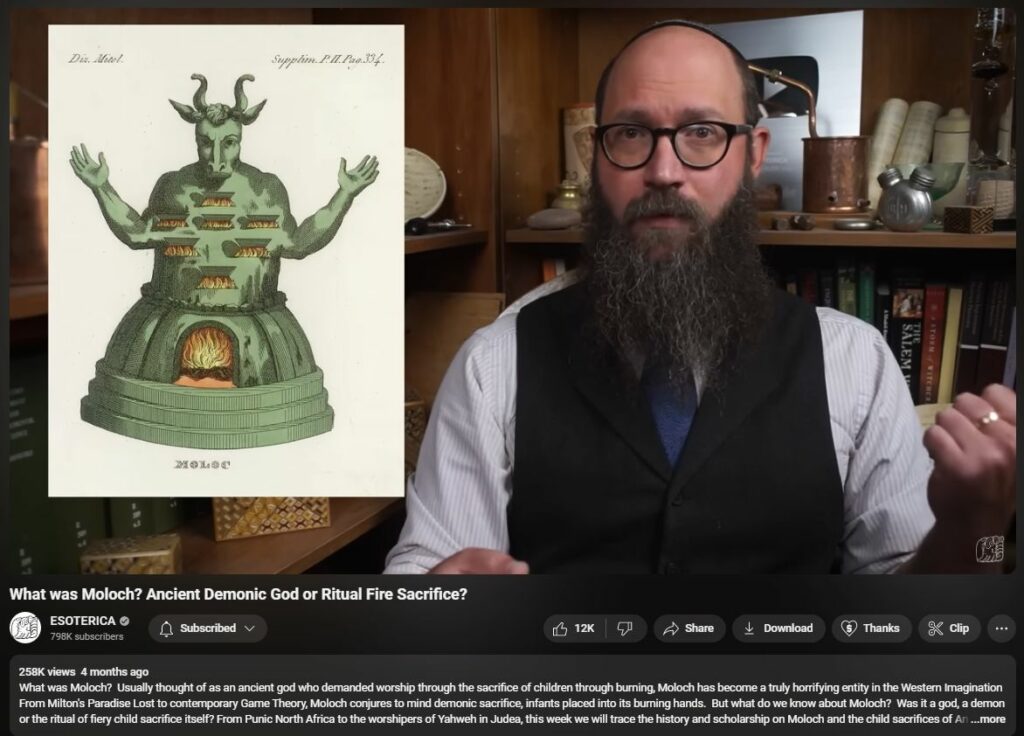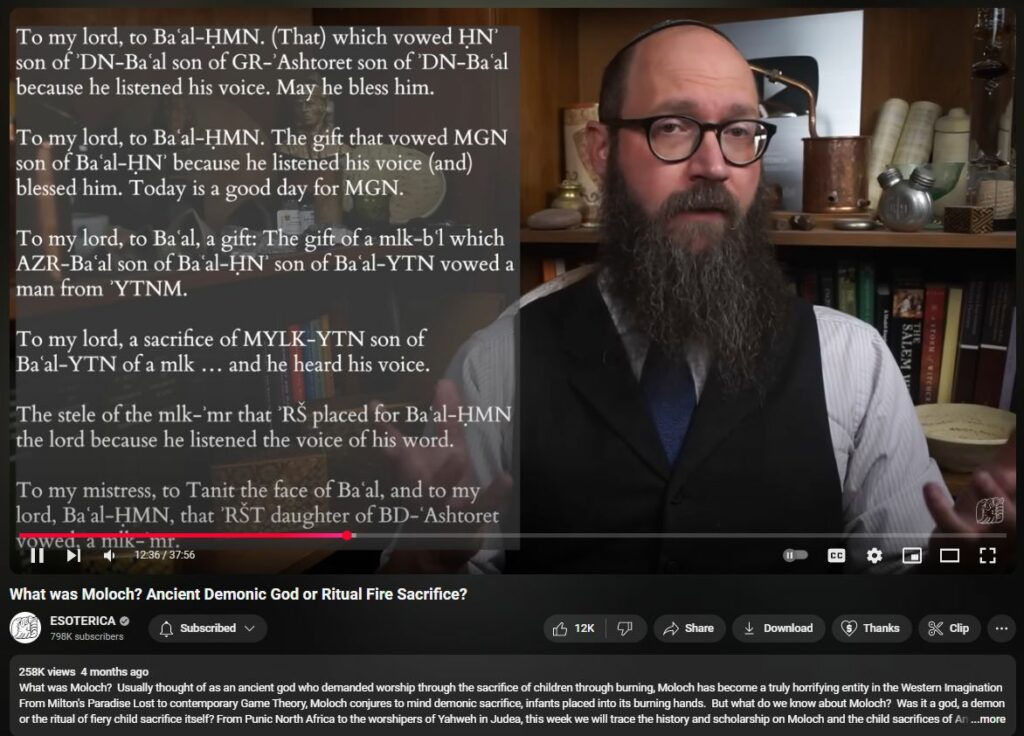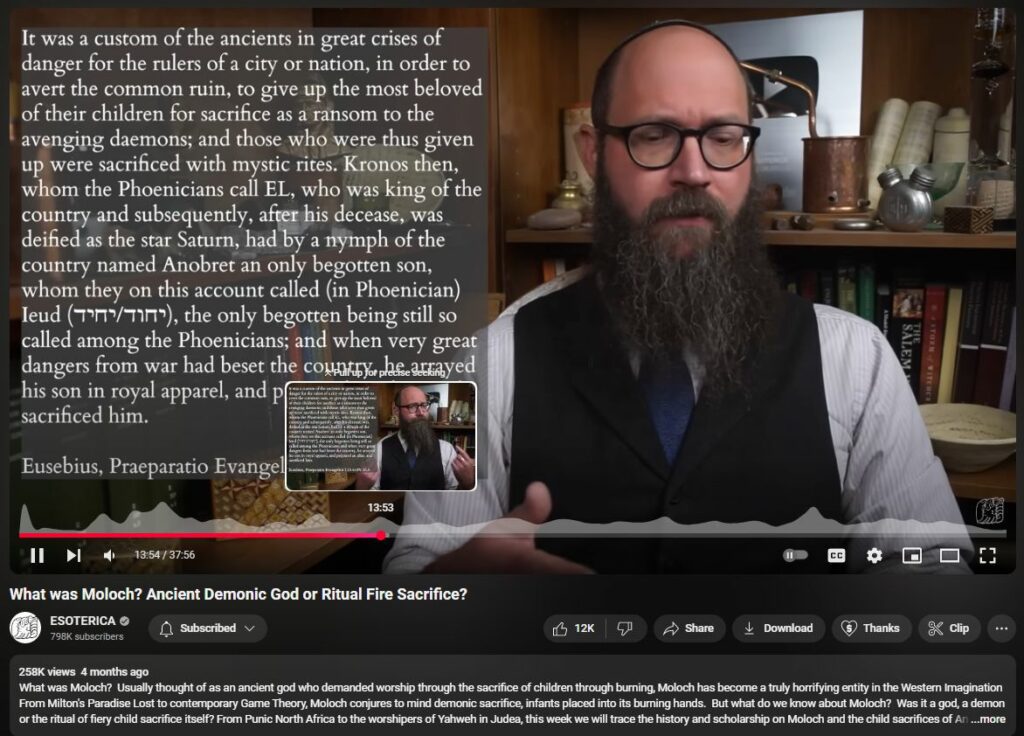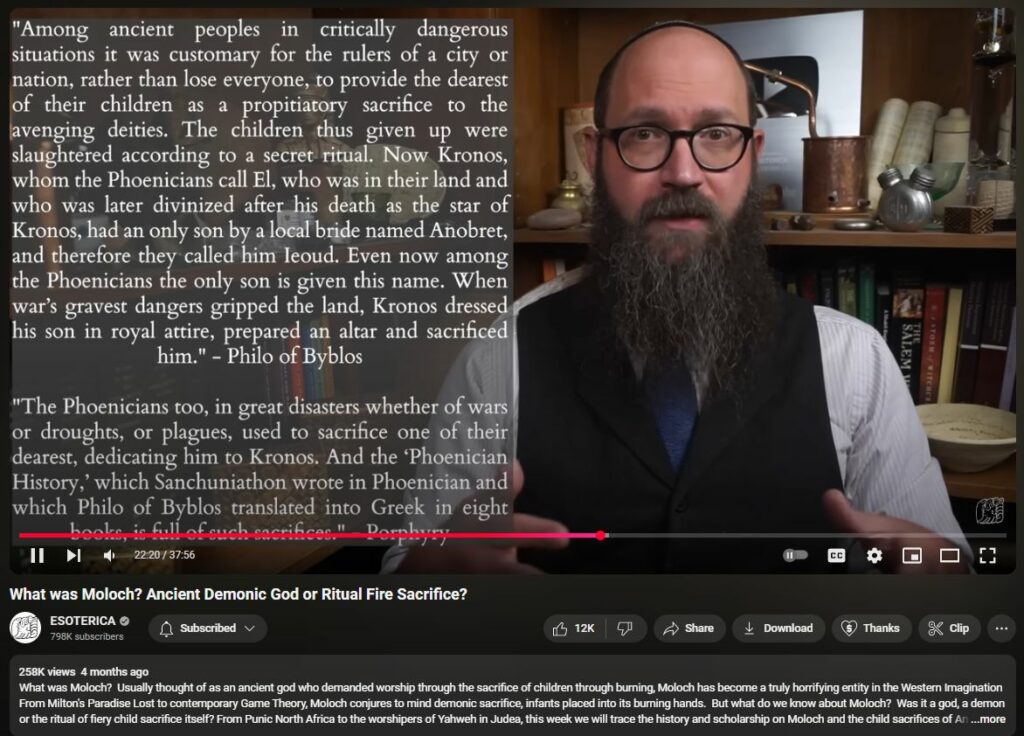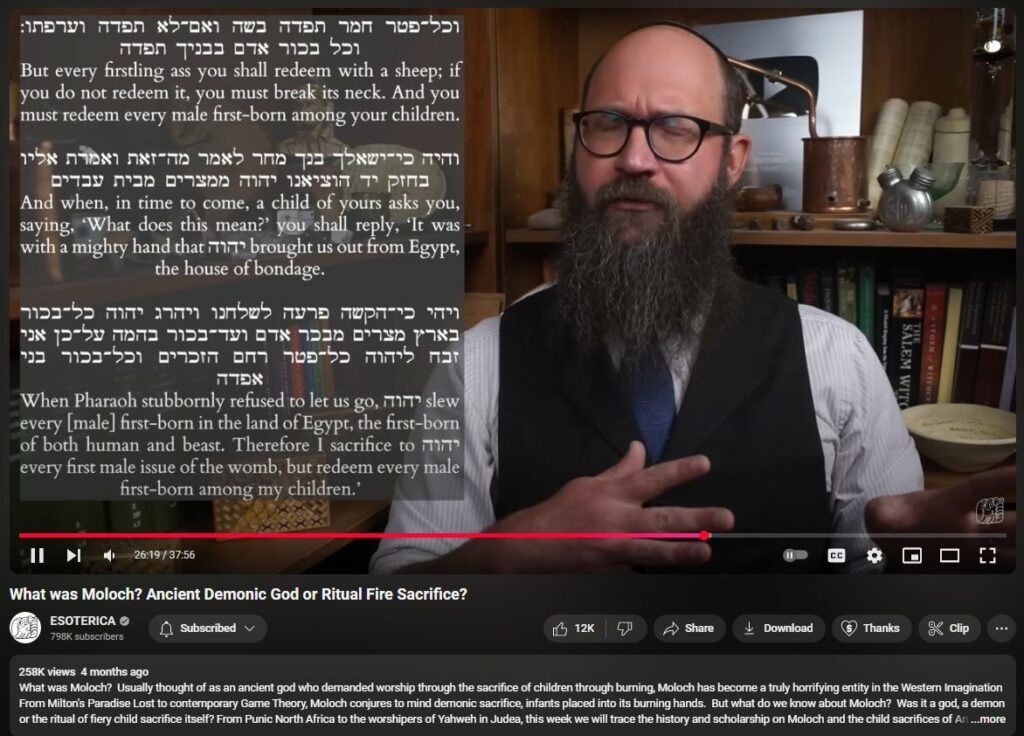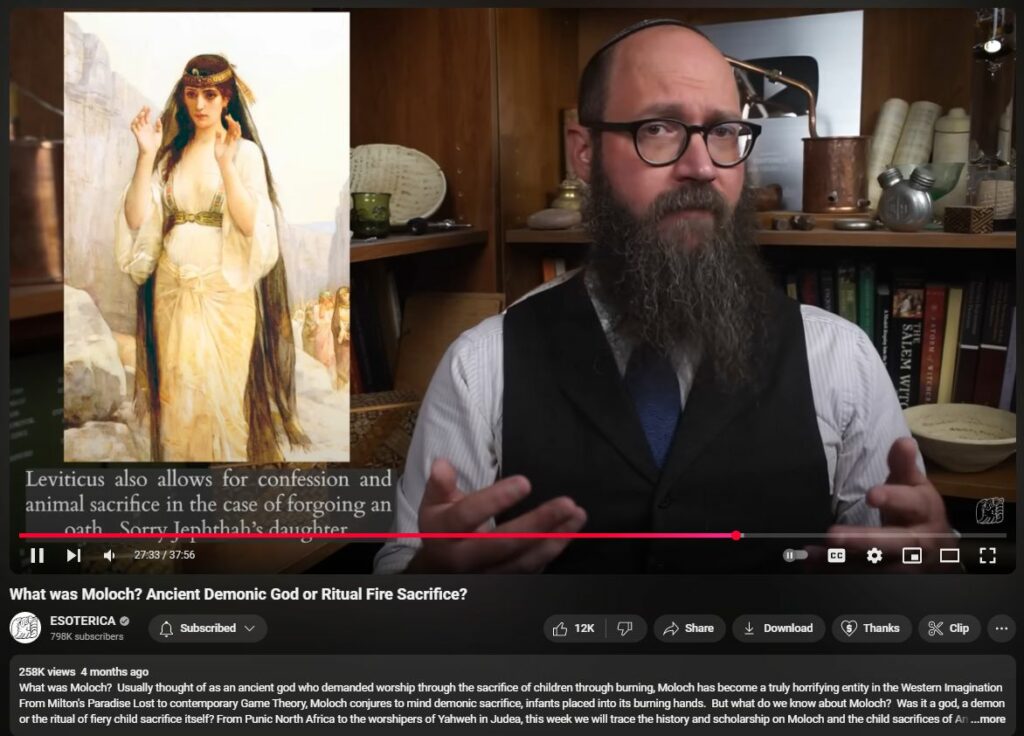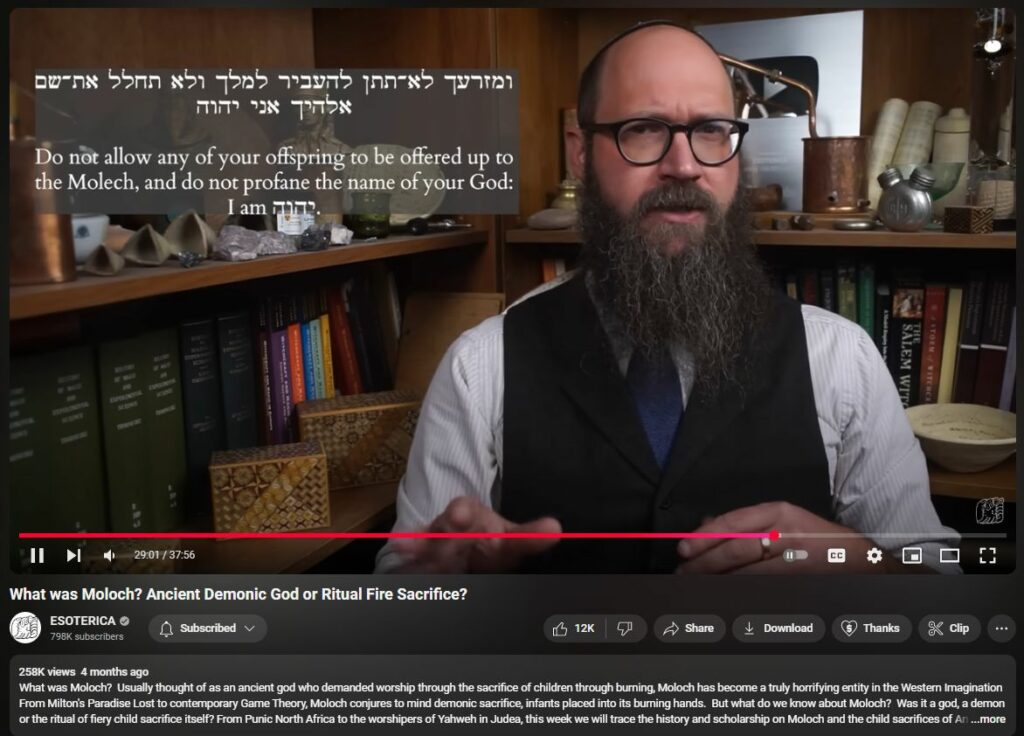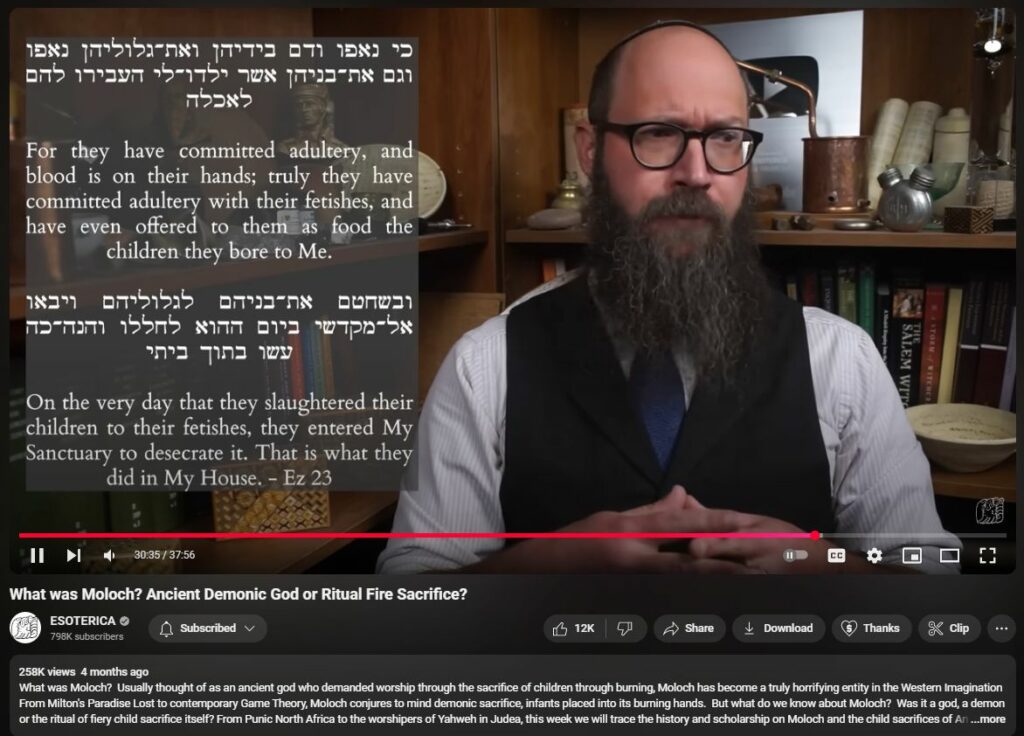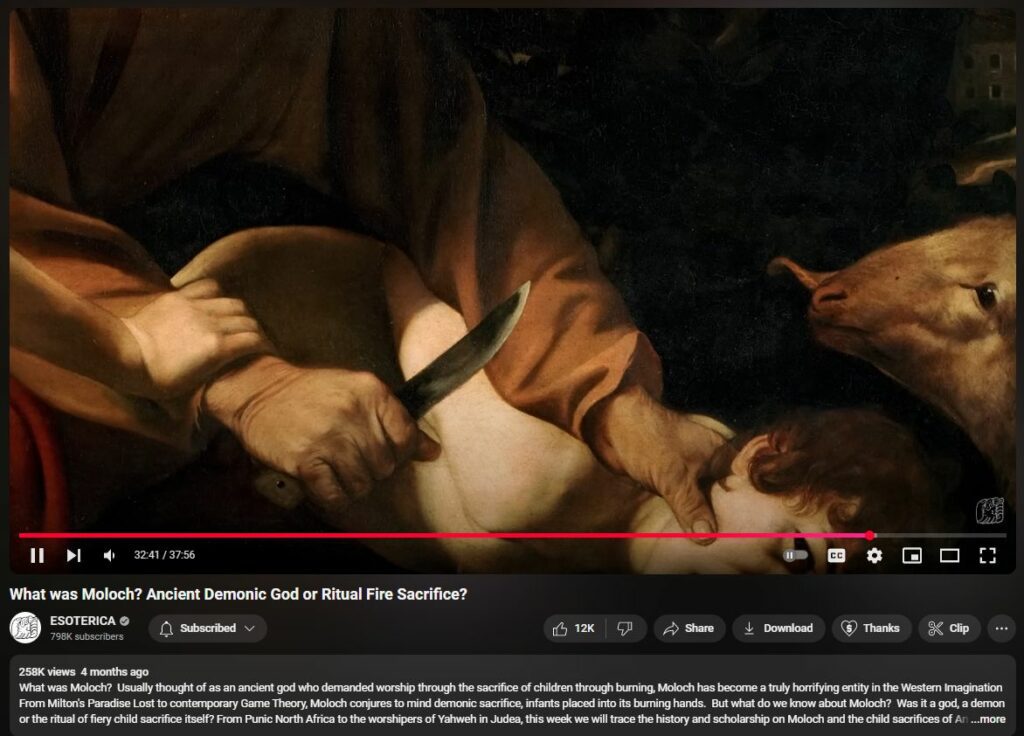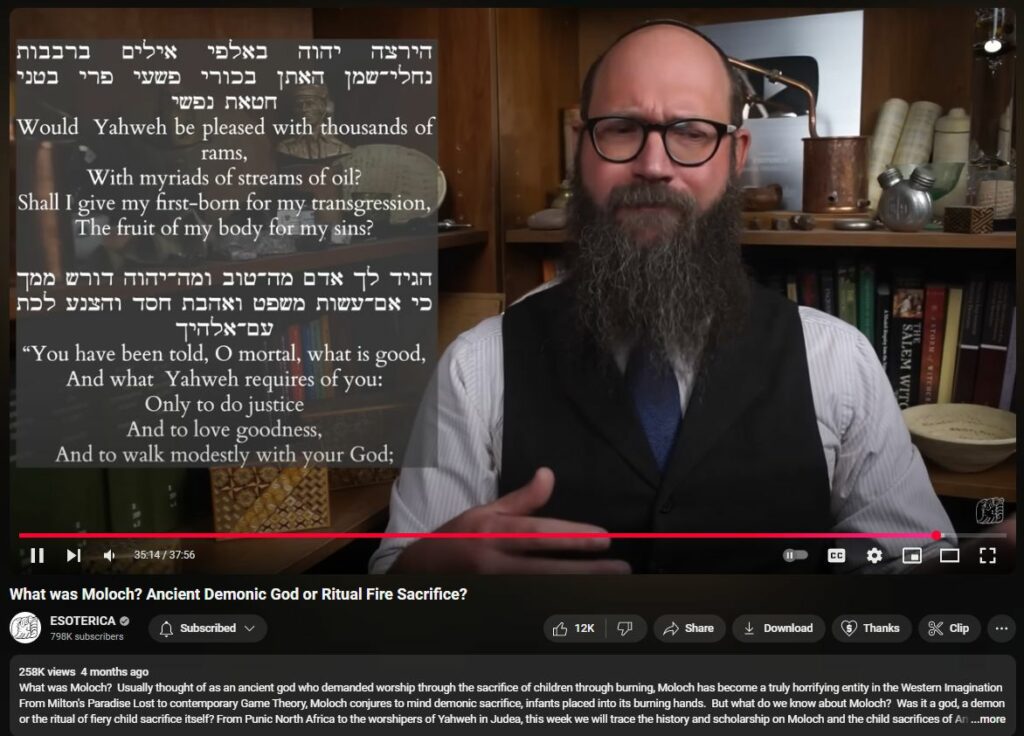What was Moloch Ancient Demonic God or Ritual Fire Sacrifice
What was Moloch? Usually thought of as an ancient god who demanded worship through the sacrifice of children through burning, Moloch has become a truly horrifying entity in the Western Imagination From Milton’s Paradise Lost to contemporary Game Theory, Moloch conjures to mind demonic sacrifice, infants placed into its burning hands. But what do we know about Moloch? Was it a god, a demon or the ritual of fiery child sacrifice itself? From Punic North Africa to the worshipers of Yahweh in Judea, this week we will trace the history and scholarship on Moloch and the child sacrifices of Ancient Israel.
Moloch has long been depicted in Western imagination as a demonic entity demanding child sacrifices through fire. However, historical and scholarly analyses present a more nuanced understanding of Moloch’s identity and the associated rituals.
Moloch in Biblical Texts
The Hebrew Bible references Moloch in several passages, often condemning the practice of child sacrifice. Leviticus 18:21 states, “Do not allow any of your children to be offered to Molech.” Similarly, 2 Kings 23:10 mentions the Tophet in the Valley of Hinnom, a site linked to such sacrifices. These texts reflect a strong denunciation of the ritual, highlighting its prevalence and the need for its prohibition.
Etymology and Identity
The term “Moloch” is believed to derive from the Hebrew word “melech,” meaning “king,” combined with the vowels of “boshet,” meaning “shame.” This combination suggests a deliberate distortion to express contempt. Some scholars propose that Moloch was not a distinct deity but rather a term denoting a type of sacrifice. This perspective is supported by the lack of concrete evidence identifying Moloch as an independent god in ancient Near Eastern records.
Archaeological Evidence
Archaeological discoveries, particularly in Carthage, have uncovered burial sites containing the cremated remains of infants and animals. These sites, known as Tophets, provide tangible evidence of child sacrifice practices among the Phoenicians and Carthaginians. While some scholars argue these were merely child cemeteries, the majority view supports the interpretation of ritualistic sacrifices, aligning with ancient textual descriptions.
Modern Interpretations
In contemporary discussions, Moloch symbolizes the dangers of societal structures that demand severe personal sacrifices. The term is often used metaphorically to critique systems perceived as consuming individuals for the sake of progress or profit. This metaphorical usage underscores the enduring impact of Moloch as a representation of destructive practices.
Conclusion
The figure of Moloch embodies complex intersections of religion, culture, and morality. While traditionally viewed as a demonic deity demanding child sacrifice, modern scholarship suggests that Moloch may represent a particular sacrificial practice rather than a specific god. This evolution in understanding reflects broader shifts in interpreting ancient rituals and their significance within historical contexts.
